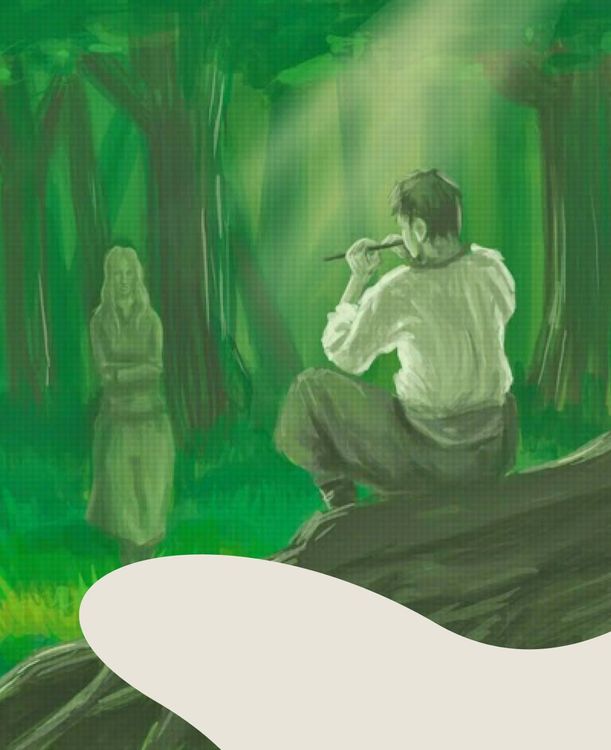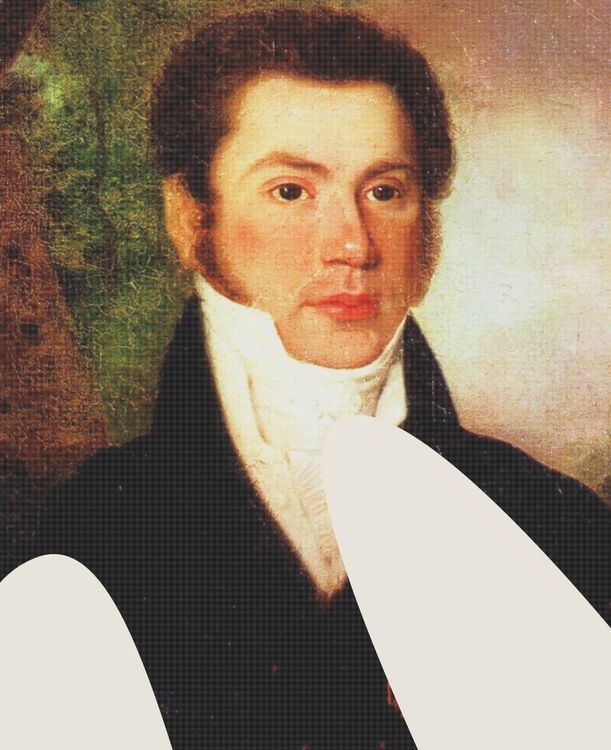Budynok “Slovo” (The Slovo Building, or "The Word")
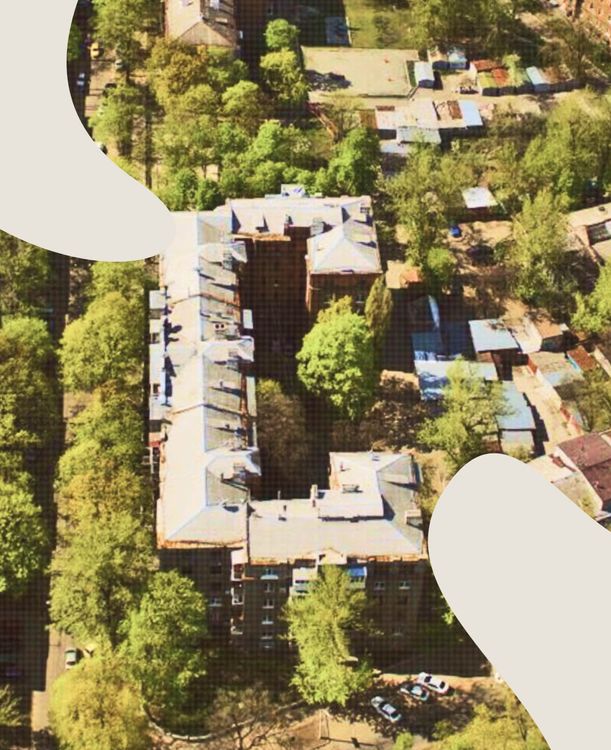
A unique building in Kharkiv, housing artists who together contributed to the Ukrainian culture in the darkest times of the 20th century.
1926–1927
Fonts:
Stereonic (L Stencil)
Designer:
In the 1920s, the Ukrainian painter Mykhailo Boichuk said, “We should be happy about the chance to experience the beginning of the spring of art.” Later, this period would become known as the Renaissance, associated with the rise of modernism, the diversity of trends, numerous literary groups, the development of cinema, theater and painting...
However, after the said spring in Ukraine, came the Soviet camp winter. In the 1930s, artists were arrested one by one, accused of nationalism, imprisoned and killed. The Ukrainian Renaissance became known as the Executed (or literally, the Shot Renaissance), and the memory of that period now stays within the walls of the Slovo Building, the place where Ukrainian talents murdered by the Soviet authorities once got together.
The Slovo Building is inarguably unique.
Could you possibly find another house where dozens of artists of a certain era lived at the same time? It all began in the 1920s, when the Bolsheviks resorted to Ukrainization to strengthen their positions. The Ukrainization of labor, state apparatus, culture — whatever people asked for. Hence, when Ukrainian writers suggested to the authorities that they would build a cooperative house, the idea was gladly accepted.
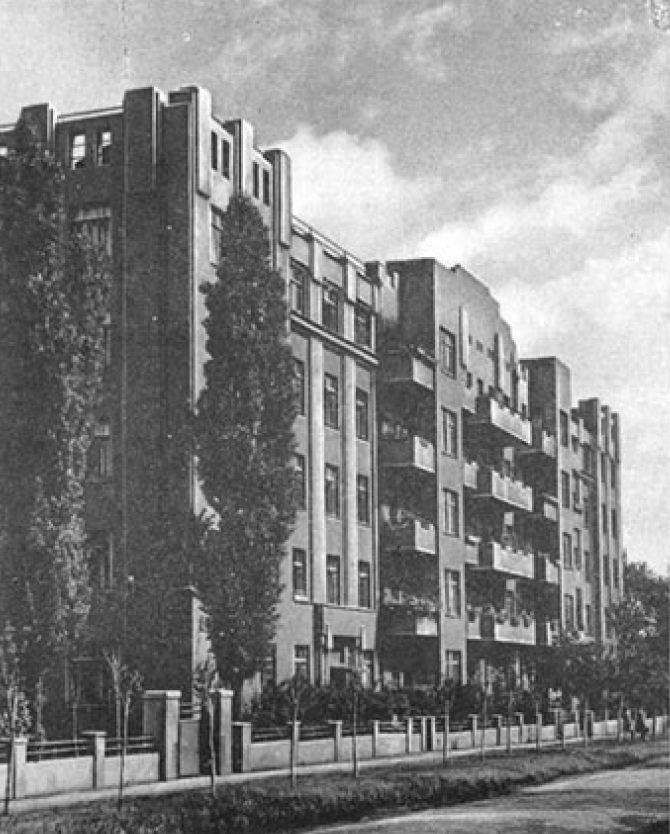
At the time, Kharkiv was the capital of Ukraine and a cultural hub, so the construction of the Slovo Building was planned on its outskirts. Interestingly, the Ukrainian name for the house (“Слово”) decided its architecture, shaping it into the letter “C” /s/
The architect Mytrofan Dashkevych was meticulous down to the smallest detail, even designing a solarium on the roof and a kindergarten. The house was built from the best materials at that time. In reality, though, it was a cage made from gold, and very soon, the writers would regret their request.
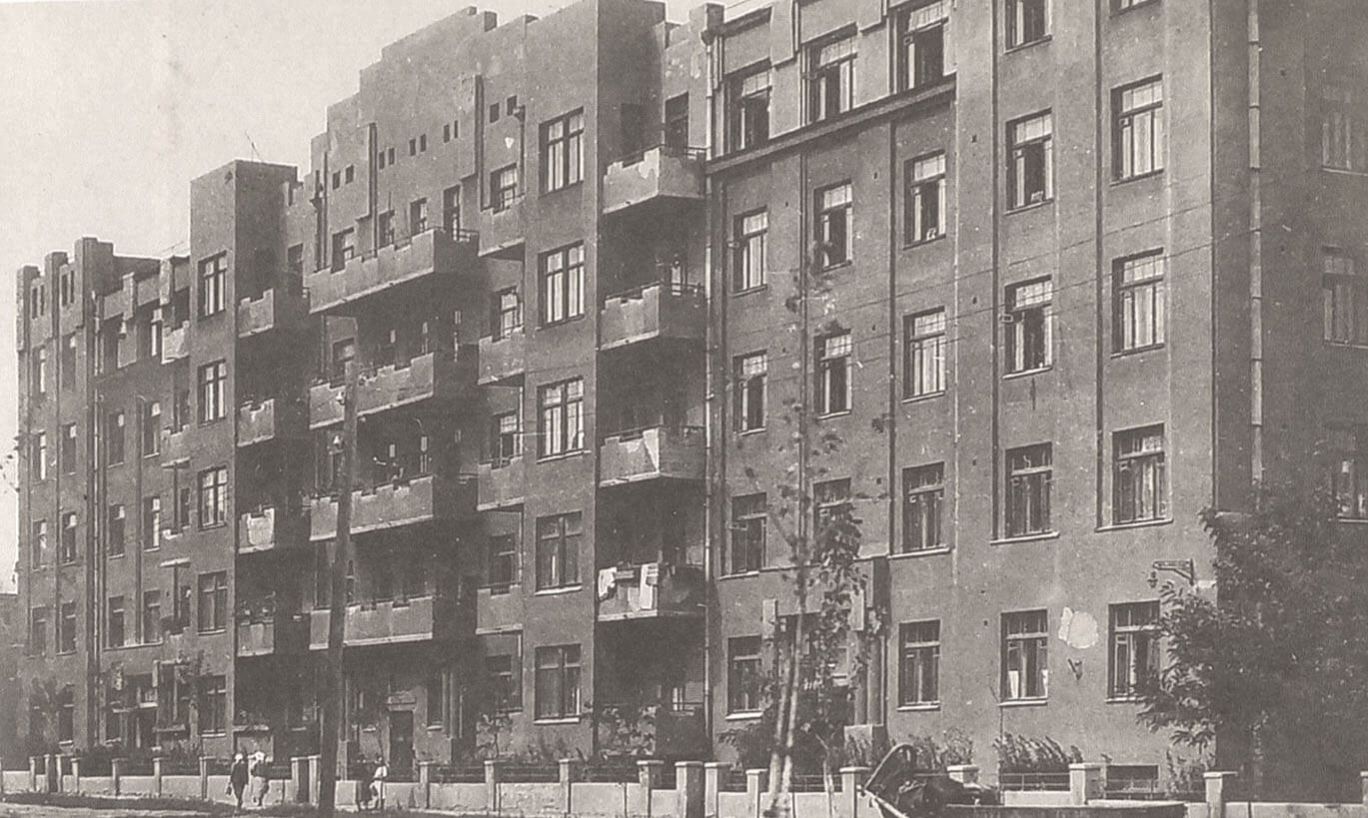
In 1929, people started to move in into this building that had five entrances, five floors and 66 apartments. Most of the residents were writers: Mykola Khvylovyi, Ostap Vyshnia, Ivan Bahrianyi, Valerian Pidmohylnyi, Mykhail Semenko, Maik Yohansen and others.
Though, there were also playwrights and actors, such as Mykola Kulish and Les Kurbas, the head of the Berezil Theater, as well as outstanding Boichukist artists Ivan Padalka and Vasyl Sedliar.
The apartments were brimming with the spirit of innovation, freedom of thought and faith in Ukrainian art.
The Slovo Building was buzzing with life, with residents creating their masterpieces side by side, visiting each other for tea, borrowing books on art from Les Kurbas and sharing ideas right on the staircase. It was here that Valerian Pidmohylnyi brought existentialism into the Ukrainian literature, the symbolist Pavlo Tychyna wrote his exceptional poems, and the inseparable Kulish-Kurbas tandem worked on modern plays.
However, those bohemians were closely watched throughout the 1920s. The Ukrainian dream was out of line with the Soviet authorities who wanted to restore the empire. Eventually, the artists began to be denounced, the authorities curtailed their Ukrainization, and a few years later, Ukrainian villages were dying of hunger.
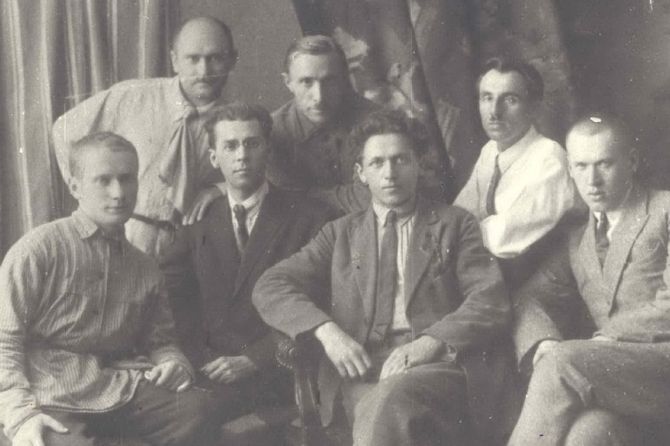
In the 1930s, most residents of the Slovo Building came under the attention of the NKVD (People's Commissariat for Internal Affairs). Halyna Orlivna, an actress from apartment No. 27, was considered the “first sign.” Her husband had been arrested earlier and sentenced to death. Halyna got five years in prison with no right to return to Ukraine after the end of the term. On May 12, 1933, the Chekists took away Mykhailo Yalovyi. “Yalovyi’s arrest is the execution of an entire generation,” , Mykola Khvylovyi said the next day and shot himself in the temple. Over the next few years, the Slovo residents were taken away one by one in the «Black Raven» prisoner wagons, and a typical scenario followed: conviction, camp, execution. A generation of artists disappeared. Their works were destroyed, as they were stigmatized, called «bourgeois nationalists» and «spies», or were not mentioned at all.
The wave of repressions hit 40 apartments out of 66.
Ultimately, 33 people were shot, three were exiled for many years, two died in exile, one person committed suicide, and one was killed or died in unclear circumstances. Some became a servant for the authorities (Pavlo Tychyna), some managed to escape (Ivan Bahrianyi), and some even returned from exile (Ostap Vyshnia).
Roughly speaking, at the time of the Executed Renaissance, 30 thousand Ukrainian intellectuals faced repression. So terrible was the price of the Ukrainian “word.”
On March 7, 2022, Russian troops shelled the Slovo Building. The empire has not given up attempts to kill more Ukrainians. Time and again, Russia tries to destroy Ukraine and the Ukrainian word.
However, it did not perish back in the 1930s, and neither will this happen today.
Fonts:
Stereonic (L Stencil)
Details:
Budynok “Slovo” (The Slovo Building, or "The Word")
Designer:
About font:
Next letter and event

Budynok “Slovo” (The Slovo Building, or "The Word")
this project
in social
“Shchedryk” (The Little Swallow)

Antonov AN-225 Mriya ("The Dream")

Peresopnytske Yevanheliie (The Peresopnytsia Gospel)

Mariupol


“Nasha armiia, nashi khranyteli” (“Our Army, Our Guardians”)
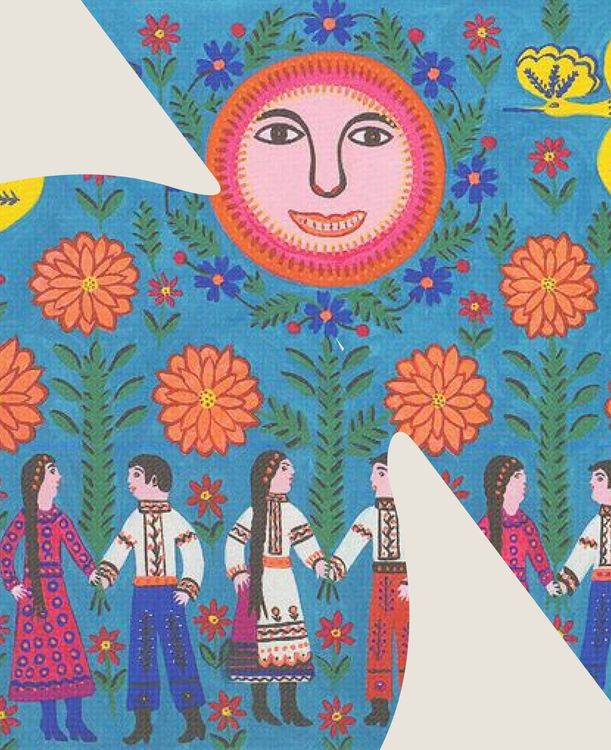

Falz-Fein and his “Askania Nova”

Volia — collective concept, most often translated as Freedom

Ivan Franko

“Smilyvi zavzhdy maiut shchastia” (“The brave always have happiness”)

“Yoi, nai bude!” (Ah, let it be!)

Zaporizka Sich (The Zaporizhian Host)

Budynok “Slovo” (The Slovo Building, or "The Word")

Antonov AN-225 Mriya ("The Dream")


Ukrainski sichovi striltsi (The Ukrainian Sich Riflemen, or the USS)


Shliakh iz variah u hreky (Route from the Varangians to the Greeks)

Creative & Tech Online Institute
Медіа про дизайн, креатив і тех індустрії

Ukrainski sichovi striltsi (The Ukrainian Sich Riflemen, or the USS)

Holodomor

Crimean Tatars, Karaites and Krymchaks (qırımlılar, qaraylar)

Kvitka Cisyk (Kasey Cisyk)

“Smilyvi zavzhdy maiut shchastia” (“The brave always have happiness”)

Holodomor

Kvitka Cisyk (Kasey Cisyk)

Khreshchenia Rusi (Christianization of Kyivan Rus’)

“Smilyvi zavzhdy maiut shchastia” (“The brave always have happiness”)


Falz-Fein and his “Askania Nova”

Peresopnytske Yevanheliie (The Peresopnytsia Gospel)

Mariupol


“Nasha armiia, nashi khranyteli” (“Our Army, Our Guardians”)

“Shchedryk” (The Little Swallow)


The Trident of Volodymyr the Great




